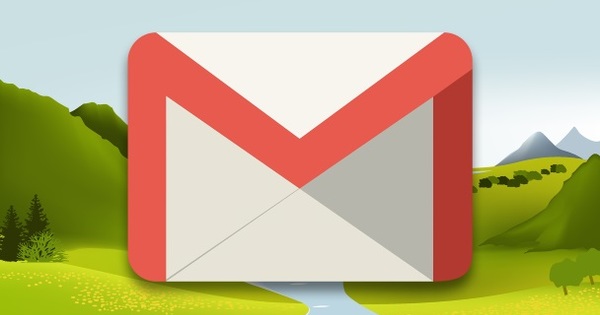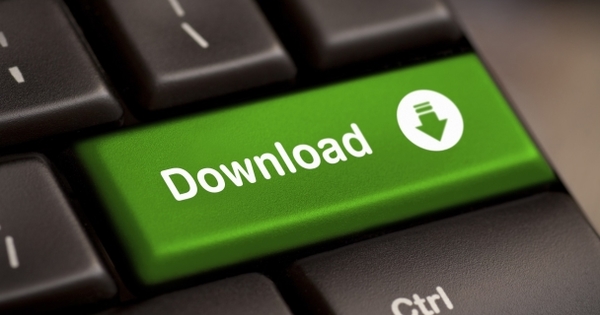The Nest thermostat is probably the smartest thermostat you can get. Unfortunately, the Nest is not yet smart enough to install itself. You can ask an installer for this, but if you are a bit handy you can also do it yourself. We explain how.
Nest recommends that you have the installation done by an installer and you can find an installer in your area via the Nest website. It depends on the installer exactly how much the installation costs, but count on an amount of about 99 euros. If you are a bit handy and like most people have a wired thermostat and central heating boiler (combi boiler or solo boiler), you can probably do the installation yourself.
In this article, we'll show you how to install the Nest Learning Thermostat yourself and give you an idea of whether you can do it yourself. Opening the boiler is the most difficult step and you have to make sure that you connect the Heat Link to the right contacts. If you do not have an average central heating boiler, but a somewhat more complicated heating installation with zone valves (such as with district heating or underfloor heating), it is better to engage an installer.
01 In the package
In addition to the thermostat, the packaging contains a number of elements that you will need for installation. The most important of these are the round base plate on which you mount the Nest and the Heat Link. The Heat Link is a square box with a round knob. You connect this box to your heating boiler.
You will also find a USB adapter and micro USB cable in the package. You'll need this if you decide not to connect the Nest to an existing wired thermostat or if you want to use the Nest wirelessly on the optional stand. In this masterclass we assume the traditional wall installation in place of an existing wired thermostat. If you don't want that, you can read more in the box 'Using wireless'. You only need the large square finishing plate that is also in the package if the wall around the place where you want to hang the Nest is ugly due to holes from a previous thermostat, for example. The finishing plate has a size of 15 by 11 centimeters. Finally, you will find a number of screws in the package.
On/Off Control
There are two ways in which a thermostat can communicate with a central heating boiler. The simplest is an on/off control, where the burner is simply switched on or off. A more advanced control method is modulation, in which the burner intensity can also be controlled.
Some boiler manufacturers such as Nefit use their own protocol for this, but most manufacturers use OpenTherm. The Nest Thermostat only supports the on/off control, while many modern boilers can also handle the better OpenTherm. In practice, every OpenTherm boiler will also be able to handle an on/off thermostat, but usually you have to connect the thermostat wire to two other screw contacts in the boiler.
03 Why the Heat Link?
Most thermostats are connected directly to the boiler. With the Nest Thermostat, you need to install the Heat Link between the boiler and the thermostat. The Heat Link acts as a voltage source and as a relay for the heating demand. The thermostat wire that runs from your living room to the boiler is used as the power cable for the Nest. So instead of one wire, you need two thermostat wires: one from the Nest to the Heat Link and one from your central heating boiler to the Heat Link. You could choose to cut the existing thermostat wire. It is smarter not to do this and to buy an extra piece of signal or bell wire from the hardware store. This way you can restore the existing situation later.

04 Install Heat Link
Before you start, switch off the boiler and pull the plug from the socket. Open your boiler. Consult the manual for this. Disconnect the wire that goes to your current thermostat from the thermostat screw contacts. Then mount a new piece of wire (for example, signal or bell wire) on the on/off thermostat screw contacts of your central heating boiler.
Open the Nest Heat Link and mount it on the wall about thirty centimeters from your central heating boiler. Connect the thermostat wire from your boiler to the two rightmost screw contacts (2 and 3), the polarity is not important. Connect the thermostat wire from the living room to the two contacts on the far right (T1 and T2). Again, the polarity is not important. Many boilers have built-in mains contacts. You can then connect the Heat Link via an electricity cable to the mains voltage contacts of the Heat Link (N and L). We have chosen to install a power cord with plug. Close your Heat Link and the boiler again. Leave everything off and do not plug in any plugs yet!
05 Install Nest Thermostat

Remove your existing thermostat from the wall. Usually you click the thermostat from the base plate, after which you can screw the base plate from the wall. Now screw the base plate of the Nest to your wall or to the flush-mounted box. If you have an ugly or discolored wall, you can use the finishing plate.
It is handy that the base plate is equipped with a built-in spirit level so that you can be sure that you hang the thermostat straight. Then connect the two wires of the thermostat wire to the two screw contacts. Although you also see the indications T1 and T2 on the base plate, the polarity is not important. After installing the base plate, click the Nest Learning onto the base plate. The Nest won't do anything yet because it's not getting power from the Heat Link yet. Now go to your boiler and switch it back on. If necessary, you can also plug the Heat Link into the socket.
06 Finish
Now that the Nest Learning Thermostat has power, you need to go through a short setup in which you connect the thermostat to your Wi-Fi network, indicate where you live and how your heating system is set up. You have to choose what the heating source is (in my case gas) and how your house is heated (in my case radiators).
You operate the Nest with a combination of turning and clicking. Rotate the ring to select a menu item and press the Nest to confirm this selection. Also download the Nest app on your smartphone or tablet and create a Nest account via the app. You can link this to your Nest Thermostat by requesting a code on the Nest and entering it in the app. Your Nest Learning Thermostat is now installed. If all goes well, your heating should turn on when you turn the temperature higher than the current temperature.

Using wireless
In this article, we'll take a look at what we think will be the most commonly used installation option. You can also mount the Nest Learning Thermostat anywhere on the wall. You do not connect the thermostat to the Heat Link by wire, but you use the supplied USB charger. The supplied cable is one and a half meters long. So there must be an outlet nearby. With the wireless installation, you still install the Heat Link with your central heating boiler. In that case, you do not use the rightmost screw contacts (T1 and T2) that charge the Nest, the rest of the installation is the same.

